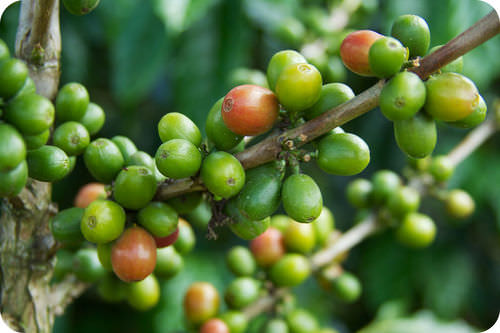11.47: Vision
- Page ID
- 14392

How have you used your vision today?
Maybe you were just doing some schoolwork. Or walking down the hallway. No matter what you were doing, you were probably using your sense of sight. You may depend on your sense of sight so much that it's hard to think of anything you do without it, except sleep. Why is sight so important?
The Nature of Human Vision
Think about all the ways that students use their sense of sight during a typical school day. As soon as they open their eyes in the morning, they might look at the clock to see what time it is. Then, they might look out the window to see what the weather is like. They probably look in a mirror to comb their hair. In school, they use their eyes to read the board, their textbooks, and the expressions on their friends' faces. After school, they might keep their eye on the ball while playing basketball (Figure below). Then, they might read their homework assignment and text messages from their friends.

Sight, or vision, is the ability to see light. It depends on the eyes detecting light and forming images. It also depends on the brain making sense of the images, so that we know what we are seeing. Human beings and other primates depend on vision more than many other animals. It’s not surprising, then, that we have a better sense of vision than many other animals. Not only can we normally see both distant and close-up objects clearly, but we can also see in three dimensions and in color.
But humans do not have the best vision. You may think you see things fairly clearly. Imagine if you could see even better. How about 8 times better? Raptors, or birds of prey, including the eagles, hawks and falcons can see up to 8 times more clearly than the sharpest human eye. A golden eagle for example can see a rabbit from a mile away. Why do you think they have such a good sense of vision? Other animals also have much better night vision then us.
Seeing in Three Dimensions
Did you ever use 3-D glasses to watch a movie, like the boy pictured below (Figure below)? If you did, then you know that the glasses make people and objects in the movie appear to jump out of the screen. They make images on the flat movie screen seem more realistic because they give them depth. That’s the difference between seeing things in two dimensions and three dimensions.

We are able to see in three dimensions because we have two eyes facing the same direction but a few inches apart. As a result, we see objects and people with both eyes at the same time but from slightly different angles.
Hold up a finger a few inches away from your face, and look at it, first with one eye and then with the other. You’ll notice that your finger appears to move. Now hold up your finger at arm’s length, and look at it with one eye and then the other. Your finger seems to move less than it did when it was closer. Although you aren’t aware of it, your brain constantly uses such differences to determine the distance of objects.
Seeing in Color
For animals like us that see in color, it may be hard to imagine a world that appears to be mainly shades of gray. You can get an idea of how many other animals see the world by looking at a black-and-white picture of colorful objects. For example, look at the apple on the tree pictured below (Figure below). In the top picture, they appear in color, the way you would normally see them. In the bottom picture they appear without color, in shades of gray (Figure below).


But whereas many animals cannot see colors, some animals see colors that we cannot. The range of color vision of bees and butterflies for example, extends beyond the visible spectrum of light we can see. The leaves of the flowers they pollinate have special ultraviolet patterns which guide the insects deep into the flower.
Evolution and Primate Vision
Why do you think primates, including humans, evolved the ability to see in three dimensions and in color? To answer that question, you need to know a little about primate evolution. Millions of years ago, primate ancestors lived in trees. To move about in the trees, they needed to be able to judge how far away the next branch was. Otherwise, they might have a dangerous fall. Being able see in depth was important. It was an adaptation that would help tree-living primates survive.
Primate ancestors also mainly ate fruit. They needed to be able to spot colored fruits in the leafy background of the trees (Figure below). They also had to be able to judge which fruits were ripe and which were still green. Ripe fruits are usually red, orange, yellow, or purple. Being able to see in color was important for finding food. It was an adaptation that would help fruit-eating primates survive.

Science Friday: A Cure for the Colorblindness Blues
Colorblindness is the most common genetic disorder in the world. In this video by Science Friday, researchers Maureen and Jay Neitz discuss how their research has created a potential cure for this disorder.
Summary
- Vision depends on the eyes detecting light and forming images, and then the brain must make sense of the images.
- Humans can see in three dimensions and color.
Explore More
Use the resource below to answer the questions that follow.
- How the Human Eye Works at http://www.livescience.com/3919-human-eye-works.html
- What is the cornea?
- Why does the pupil expand or contract?
- What cells are found in the retina?
- What's the difference between the two main cells of the retina?
- How do we determine what we see?
Review
- What is vision?
- Why were depth perception and color vision important for early primates?

